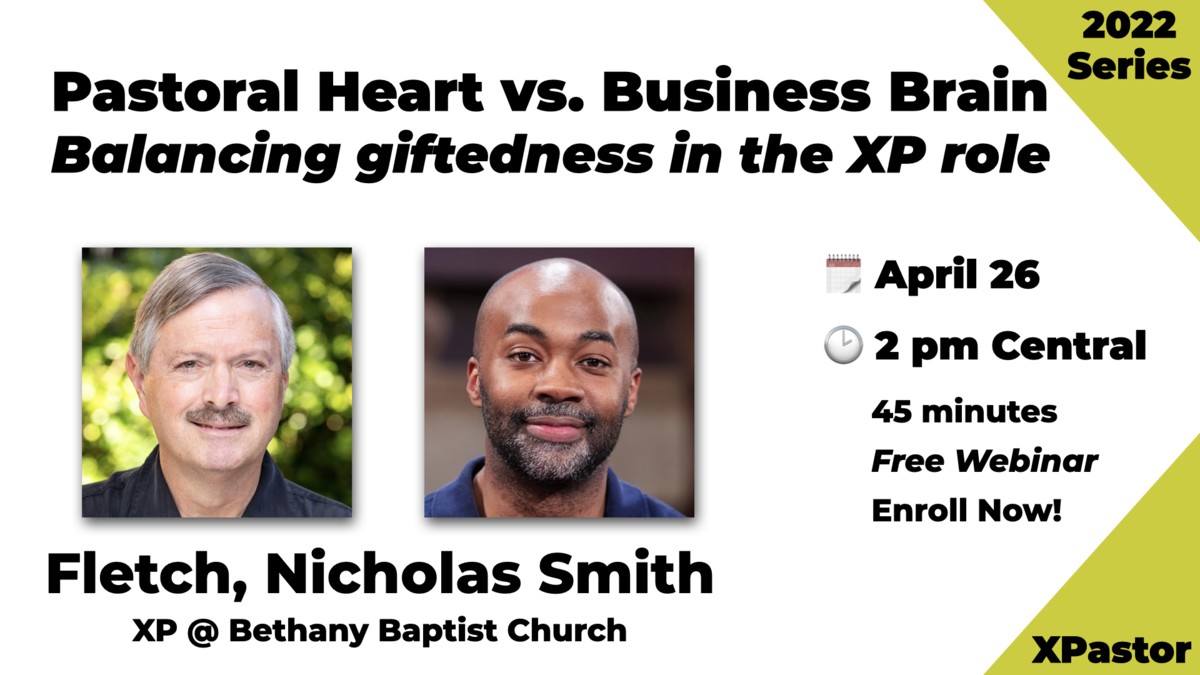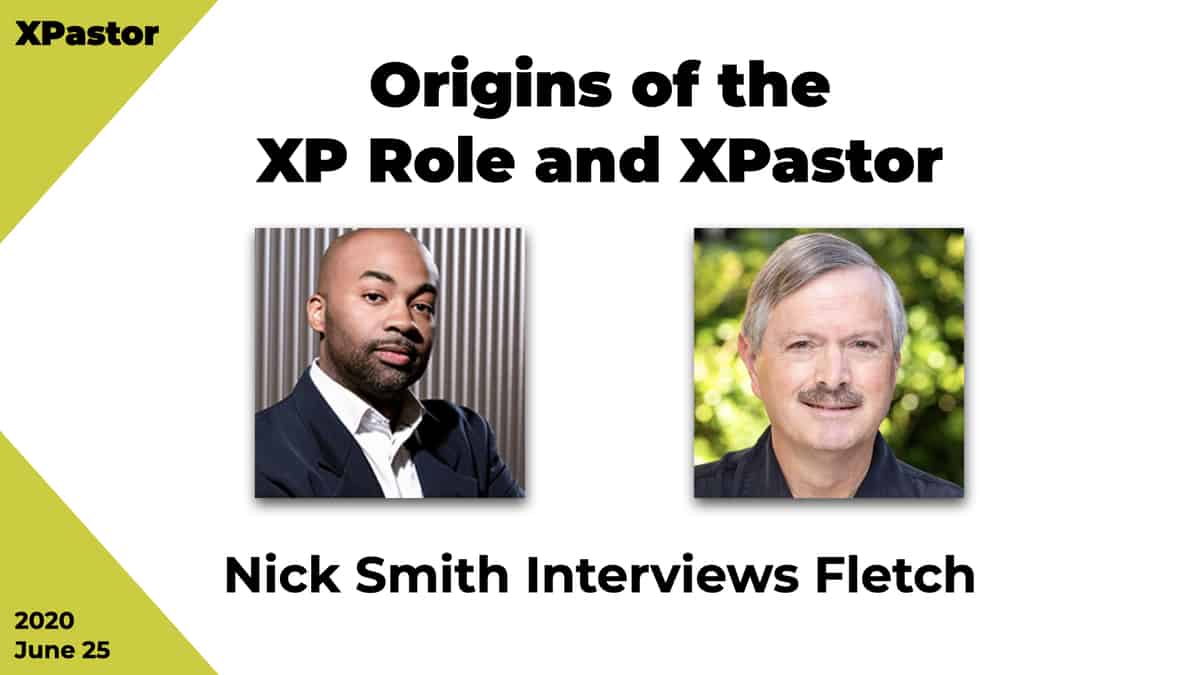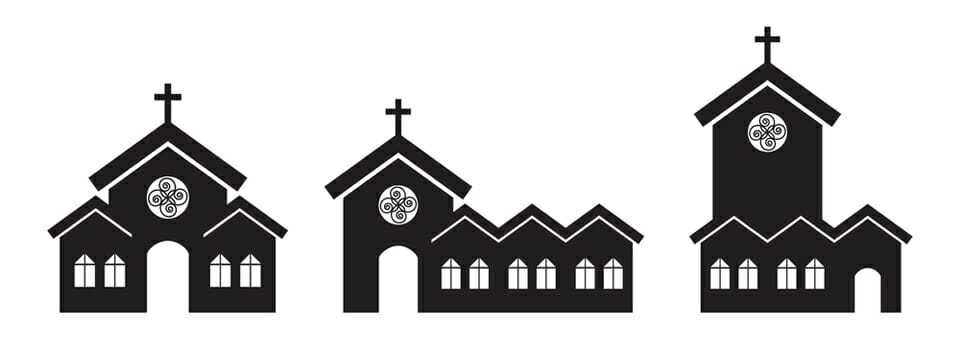With the acceptance of the operating principle of the historic importance of preaching, it will do well to briefly address other pressures on the preacher. In a chapter entitled, A Pastor’s Job Description, counselors Frank Minirth and others succinctly summarize the modern pastor:
To fill the job description of today’s pastor sounds like a job for Superman. A pastor is expected to make house calls as willingly as yesterday’s country doctor, to shake hands and smile like a politician on the campaign trail, to entertain like a stand-up comedian, to teach the Scriptures like a theology professor, and to counsel like a psychologist with the wisdom of Solomon. He should run the church like a top-level business executive, handle finances like a career accountant, and deal with the public like an expert diplomat at the United Nations. No wonder so many pastors are confused about just what is expected of them and how they will ever manage to live up to all those expectations.
There are many potential aspects to the job description of the modern pastor, and this essay will not attempt to canvass them. Rather, it will establish the fact-in-principle of the bloated job description. Of interest, pressures on the minister are abundant in Protestantism and Judaism. Margaret Harris of the Centre for Voluntary Organisation, London School of Economics, describes the shared pressures in her work about church and synagogue:
The impact of unclear and multiple goals is felt especially by ministers of religion as they try to prioritise their work and implement their roles. At least eight possible functions for ministers of religion can be derived from the accumulated literature on their roles: religious celebration, preaching or ‘prophecy,’ education, pastoral care, community leadership, public representation, administration and managerial leadership. Not surprisingly, rabbis and clergy face numerous different expectations about how they will select priorities and implement their role—from their peers, from their denominational structure, from lay leaders of their church or synagogue, from active volunteer helpers, from potential members, and from the local community. The minister has not only to cope with the volume and breadth of the expectations, but also with conflicts between them and the consequences of inevitable failure to meet every demand.
There are many goals for the modern day pastor and the pastor is struggling to meet the expectations. Speaking to the modern day church leader, Marshall Shelley writes of another set of pressures:
With individualism and isolation increasing, the need for community is stronger than ever. Pastors assumed a greater role in maintaining corporate life, or put more crassly, ‘running a church’—recruiting, motivating, administering.
Put positively, this merely extends the role of ‘organizer of nurturing relationships’ who tends to the health of the community.
The downside is that a pastor may feel more like a manager of church business than a shepherd of souls.
And surrounded by a decreasingly Christian society, the need to evangelize the world at the church’s doorstep is unavoidable. ‘Missionary to our own neighborhood’ has been added to the pastor’s role.
In light of the many functions and needs given by Harris and then by Shelley, if one person tries to fill all these needs, Minirth’s invocation of the Superman title is accurate.
Of importance for this essay is the relationship of pressure on the pastor to the historic importance and centrality of preaching. The ever present surveyor of the American church landscape, George Barna, asserts: “Leadership, for most pastors, is just one of those unfortunate duties they must endure as part of the deal that allows them to do that which really turns them on – preaching and teaching.” On a mundane but practical level, Ken Gangel begins his chapter entitled, Designing the Playbook: Creative Administration, with thoughts on the pressures:
A nationwide survey conducted by Your Church magazine discovered that 61 percent of pastors would spend less time in meetings if they could, 37 percent would spend less time mediating conflict, and 34 percent would spend less time counseling. If they could gain that time, they would spend it in evangelism (58 percent), personal devotions (66 percent), sermon preparation (73 percent), and prayer (75 percent).
This confirms what Neuhaus pointed toward, that pastors need more time for the pastoral disciplines.
Another pressure on the preacher is being a pastor of a small church near a megachurch. Although the megachurch will be further discussed later in this chapter, it should be noted that it can bring tremendous pressure on small church pastors. A story from the Los Angeles Times illustrates one example:
Like many leaders of small congregations in Southern California, Pastor Doug Webster walks through the valley of the shadow of the megachurch.
Saddleback Church, one of the country’s largest congregations, looms just two miles down the road from Webster’s Mountain View Church offices in Mission Viejo. The 20-acre Saddleback complex welcomes 15,000 worshipers each weekend, has more than 55,000 names on the church roster, and is run by celebrity pastors whose books are bestsellers.
Despite that considerable shadow, Webster has steadily grown his small church over the past four years from a 20-person group that met in his living room to a healthy, medium-sized congregation of 450.
And now he’s helping other pastors of small congregations do the same, through monthly meetings, pooled resources, a fledgling Internet site and occasional visits to neighboring churches.
Webster and his loose-knit, growing group of 10 South Orange County pastors share similar problems with colleagues across Southern California, the land of the megachurch where bigger often seems better.
Pastor Webster has a significant ministry with four hundred fifty congregants. Yet, he considers this small and wrestles with significance as a pastor. Bill Hybels, in an audiotape interview about the Executive Pastor, tells of a relatively small church in Arizona that has a volunteer Executive Pastor. The man works as an attorney two days a week and donates three days a week to the church to be the Executive Pastor. Though Weber and others feel pressure from the megachurches, they have a need for an Executive Pastor. Later in the article Pastor Weber concludes that:
The first thing anyone asks you is, ‘How big is your church,’ he said. ‘And that hits the ego.’
For example, when Mountain View drew 50 teenagers to a youth event, Webster was thrilled. But at Saddleback, in neighboring Lake Forest, major teenage dances attracted more than 5,000.
Many pastors would be thrilled with an event hosting fifty teenagers, but next to the five thousand teenagers at Saddleback, Pastor Webster felt the pressure of insignificance. For pastors of smaller churches, there are pressures to be the master pulpiteer, to handle the pressure of comparison, to cope with a small church ministry in a megachurch’s shadow, to somehow do it all. The conclusion is that pastors in churches of all sizes feel the pressure to be bigger and better. To answer the management crisis, at least one smaller church found a creative means of having a volunteer Executive Pastor oversee the church.
The words of Neuhaus in his 1979 work, Freedom for Ministry, are as easily a dialogue displaced by time with the 1998 survey that Ken Gangel cited from Your Church magazine and the Los Angeles Times interview in 2001 with Pastor Weber. Neuhaus says “many pastors report that they do not have time for serious study at all.” As cited in part to introduce the first chapter of this essay, Neuhaus addresses the pressures as well:
Reflection, study and prayer have always had to compete against the imperious claims of other activities. The imperiousness of the claims is reinforced by the fact that such activities are usually more visible, often more immediately satisfying, and almost certainly more likely to be applauded by others. Church officialdom is more likely to take note of a pastor mighty in raising money than of a pastor mighty in prayer.
With prescience, Neuhaus sensed the demands and pressures of the modern church as contrasting the historic importance of preaching and the spiritual life.
A logical question arises. If preaching is central, and if our pastors do not have sufficient pastoral time and energy to prepare the sermon, then who will do the other things required in a local church? Perhaps part of the answer to this question lies in the biblical words used for elder, pastor, and overseer. David Mappes lays out his premise as he introduces the Greek words relevant to this subject: “Perhaps the most debated aspect of church polity is the relationship between these three terms. This article seeks to demonstrate that πρεσβύτερoς, ἐπίσκoπoς and πoίμην refer to the same office and individuals who hold those offices.” He also says:
The duties of the elder-overseer-pastor can be summarized in two areas: giving oversight (ruling, guiding, caring for) and teaching or preaching. Because of the emphasis on these two areas of ministry, some say there are two separate offices: some elders rule whereas others teach or preach. Calvin was one of the first to articulate the distinction between teaching and ruling elders.
Mappes drives toward a conclusion that “this distinction between ruling and teaching is one of function rather than class or office.” While that issue is not necessarily pertinent to this dissertation, and is even perhaps counter to the thesis of this essay, Mappes brings one to the conclusion that in certain churches preaching and oversight may be too time consuming for one individual. This is important as, in citing Calvin, it again points to the historic centrality of preaching in the church, leaving the work of overseeing to another elder, or in the modern day, perhaps an Executive Pastor.
Of particular interest to the role of the Executive Pastor is Alan Nelson’s dividing up of pastoring into three areas: spiritual provision, management & leadership. Just as Neuhaus craved to see more attention given to study and reflection by pastors, so perhaps others need to assume various responsibilities in the church. An application of Nelson’s idea may be for the preacher to focus on spiritual provision, the governing board on leadership, and other staff on church management. This points directly to the functional need of the Executive Pastor to implement the vision of the Senior Pastor and the policies of the governing board.
What emerges from this section is the prevailing thought that pastors want to fulfill the historic and important role of preaching in American churches. Yet, due to pressures, it is increasingly difficult to do so. The possibility of another to manage the church, such as an Executive Pastor, brings glimmers of possible answers to the crisis.
View the footnotes and read the entire dissertation in PDF format: Fletcher Dissertation











